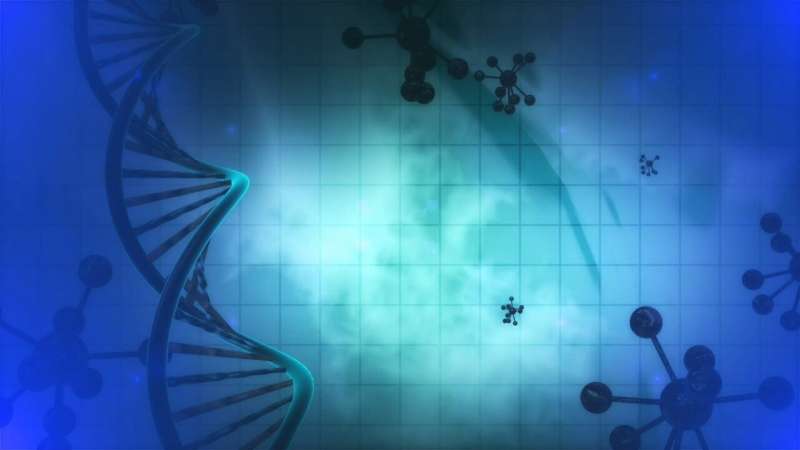Identification of a therapeutic target for the treatment of lymphoma

New light is being shed on the mechanisms underlying the malignant transformation of lymphomas, paving the way for a promising therapeutic target, thanks to research conducted by a team led by Université de Montréal professor Tarik Möröy.
Director of the hematopoiesis and cancer research unit at the Montreal Clinical Research Institute (IRCM), affiliated with UdeM, Möröy worked with his team to discover that a specific enzyme, an RNA helicase called DDX3, is necessary for the development and progression of lymphoma.
Their study is published today in the journal Cancer Research.
Lymphoma often occurs in children or young adults and is characterized by the uncontrolled expansion of cells in our immune system called lymphocytes, causing large masses of tissue that often disfigure patients.
Such cancer is typically treated by surgically removing the tumor masses and then, in most cases, by chemotherapy, with high remission rates, above 80% in children.
The problem with this treatment is its high toxicity, since chemotherapy uses powerful poisons in high doses that have the potential to kill all cells, whether cancerous or normal. And the treatment comes with serious side effects, including secondary cancers that occur later in life.
The impact on children with lymphoma is significant because they are still developing. The disease can return as early as six months after treatment, and a so-called "relapsing lymphoma" has a very poor prognosis, simply because the very powerful chemotherapeutic drugs used to fight it simply no longer work.
The importance of the DDX3 gene
New research done by Marion Lacroix, a Ph.D. student in Möröy's laboratory, has addressed this problem and identified a potential solution.
Her experiments show that a specific strain of mice that spontaneously develops lymphoma no longer becomes ill or develop the disease later in life, when the DDX3 gene is genetically engineered out.
Because the DDX3 RNA helicase is an enzyme and its three-dimensional structure has several folds and pockets, it is an ideal target for small molecules that bind to these pockets and inhibit its activity.
With this in mind, Möröy laboratory team will now test combinations of inhibitors with conventional chemotherapeutic drugs, with the aim of reducing their dosage and thus the toxicity and severe side effects of lymphoma treatment—all particularly beneficial for children and young adults.
More information: Marion Lacroix et al, The X-linked helicase DDX3X is required for lymphoid differentiation and MYC-driven lymphomagenesis, Cancer Research (2022). DOI: 10.1158/0008-5472.CAN-21-2454
















